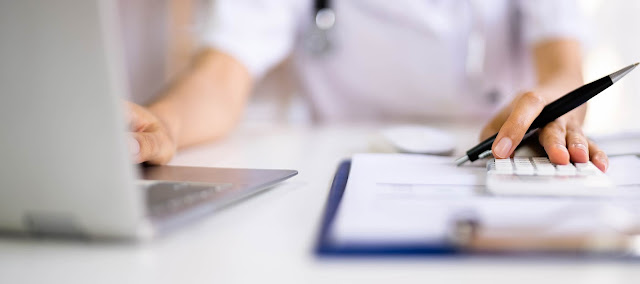Remote Patient Monitoring in Medical Billing
Remote patient monitoring (RPM) can help the medical billing department in several ways:
Increased Reimbursements: Remote patient monitoring allows healthcare providers to monitor patients' health conditions in real-time and provide timely interventions, which can lead to better health outcomes and reduced hospital admissions. This can result in increased reimbursements for healthcare providers and can help the medical billing department to receive timely payments.
Accurate Billing: RPM devices can automatically record patient data, such as blood pressure, heart rate, and glucose levels, which can eliminate errors that may occur during manual data entry. This ensures that billing is accurate and reflects the services provided.
Reduced Claims Denials: RPM medical billing allows healthcare providers to keep track of patients' health status regularly and intervene before a condition worsens. This can reduce the likelihood of claims denials and rejections, as the data provided through RPM can help to demonstrate the medical necessity of the services provided.
Improved Documentation: RPM devices can provide real-time documentation of patient care, which can help healthcare providers to improve their documentation practices. This can result in more complete and accurate documentation, which can support better coding and billing practices.
In summary, RPM Billing can help the medical billing department to increase reimbursements, reduce claims denials, improve documentation, and ensure accurate billing.




Comments
Post a Comment